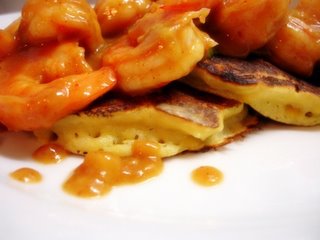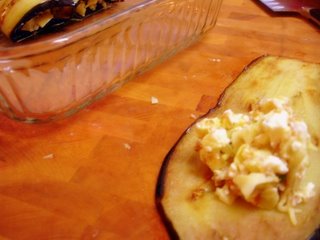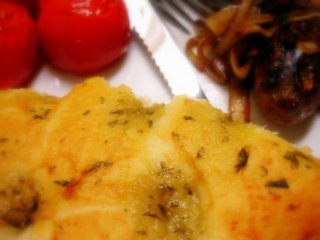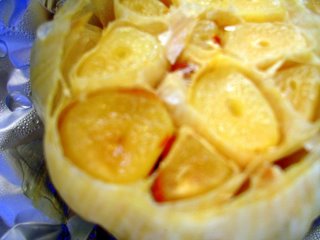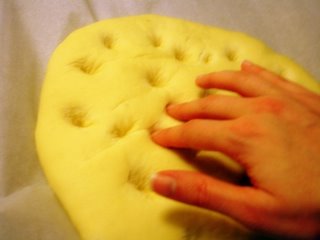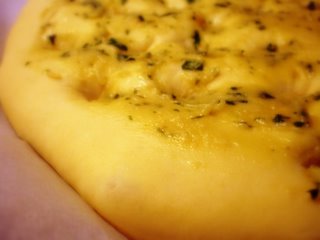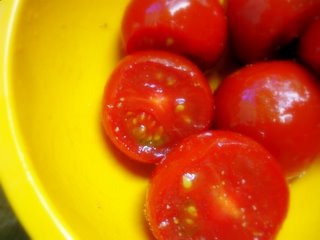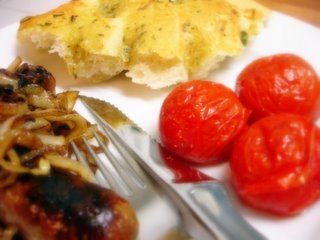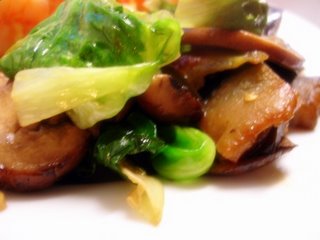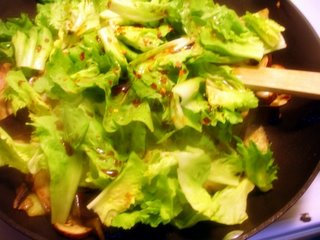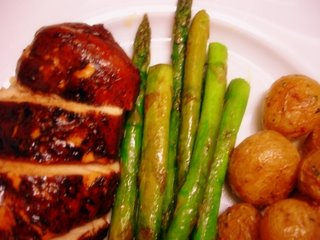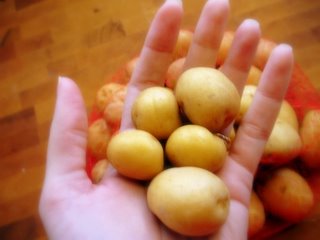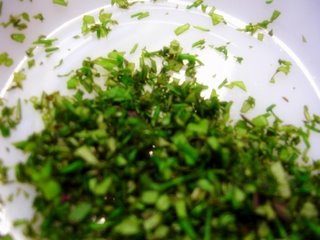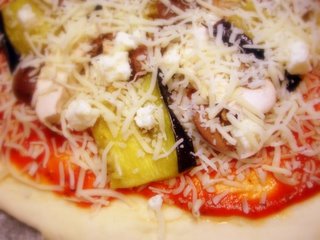
When it comes down to it, Ray's recipes are often pantry-friendly (I only had to buy $4 worth of shrimp and a $.49 can of corn for this), and rarely call for spices that I don't already have. Gourmet cooking it may not be, but when you are broke and trying to stretch a dollar, her magazine features lots of good recipes. This one comes from the February/March issue.
I know I said these weren't gourmet, but I can't help but think how cute mini-corn griddle cakes with just one or two shrimp on top would be for a party.

Spicy Shrimp with Corn Griddle Cakes
serves 2-4, depending on how hungry you are
for the griddle cakes:
1 15-oz. can cream-style corn
4 Tbsp butter, melted
2 large eggs
.25 cup granulated sugar*
1 cup all-purpose flour
.5 tsp sea salt
.5 tsp baking soda
*I did not add the sugar and found that the corn was sweet enough on it's own. Your mileage may vary.
In a medium bowl, combine all ingredients well with a whisk. Set aside.

for the shrimp:
1 lb. large shrimp, shell-on
2.5 cups water
.25 tsp cayenne pepper
2 tsp Cajun seasoning*
2 Tbsp olive oil
2 Tbsp all-purpose flour
2 garlic cloves, finely chopped
3 scallions, finely chopped
*I did not have this Cajun seasoning Ray calls for, so I improvise with Chili powder, powdered onion and garlic, and sea salt. Worked great for me.
Peel the shrimp and place the shells in a saucepan with the water and cayenne pepper. Bring to a boil and cook until the liquid is reduced by half--about 10 minutes. Strain and discard shells, set aside.

While broth is boiling, toss shrimp with Cajun seasoning. In a large non-stick skillet, heat the olive oil over medium heat until it is shimmering, then sprinkle in the flour. Cook the oil and flour mixture (your roux), stirring constantly, until a deep golden brown, 3-5 minutes. Add scallions, garlic, and a drizzle more of oil and cook, continuing to stir, for 2 more minutes.

Whisk the reserved shrimp broth into the roux and boil for one minute to thicken. Add the shrimp and toss in the sauce for 2 minutes, then cover, remove from heat, and set aside.
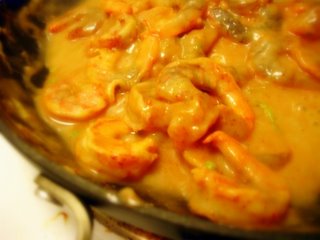
Heat a non-stick griddle over medium heat (if you only have one large non-stick pan, transfer the shrimp to a bowl and wipe the pan clean). Working in batches, pour heaping .25 cups of batter onto the griddle, giving the pan a little shake to flatten them somewhat. Cook until they are a deep golden color and bubbles are rising to the surface, then flip. Repeat with remaining batter.

Stir your shrimp and taste to adjust for seasoning (I needed to add salt at this point). Serve griddle cakes with shrimp and sauce spooned over the top. We had corn cakes leftover, so I ate them for breakfast--they were really good! I will definitely make this recipe again.
